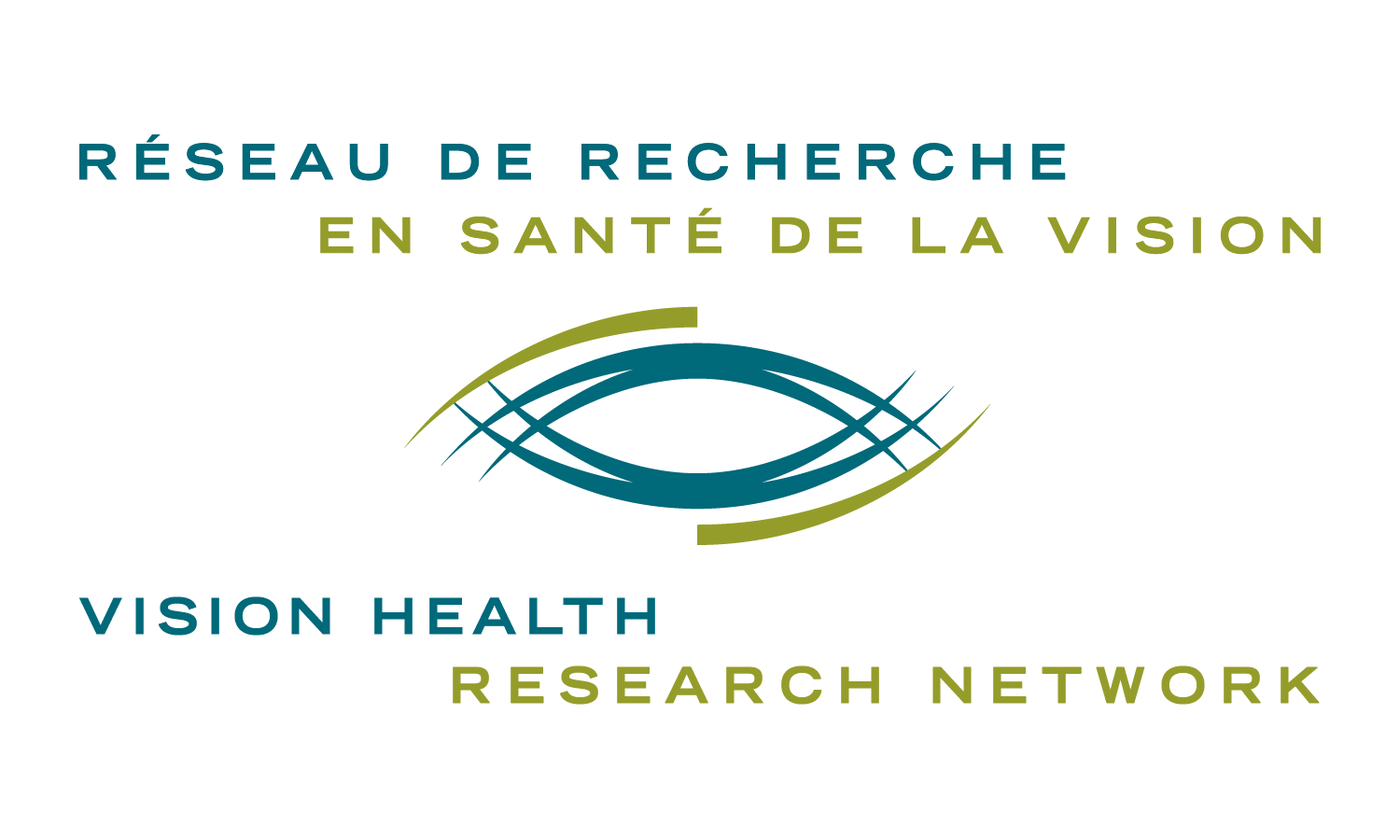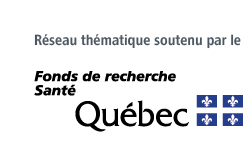Functional magnetic resonance imaging brain bank
Funded from 2012 to 2016
Description of the infrastructure
A key challenge in identifying cortical origins of visual deficits in general is knowing what is normal. Vision is the primary sense, and its cortical representation is substantial. A diverse set of cortical visual areas transform the retinal images to empower complex object recognition, motion, as well as perception of low-level visual features. How these areas are engaged in “normal” vision is thus key to identifying anomalies. Because brains are “synchronized” during natural viewing of an identical scene, we can build a normative 4-D dataset of normal visual function using functional MRI during a movie-viewing task. Specifically to diagnose cortical deficits in amblyopia, we are collecting inter-ocular correlation maps. These maps are obtained by taking the correlation of each voxel’s response in time during alternating right eye and left eye viewing of the same movie. Ninety-five percent confidence intervals of the inter-ocular correlation values at each voxel can then be used to diagnose cortical deficiencies in each individual.
Impact of the infrastructure
This will be the first non-invasive, cortically-comprehensive dataset of normal brain function during an ecologically-valid task. Our dataset will allow for identification of cortical deficiencies in any condition (e.g., amblyopia) in an unbiased manner.
Accessibility
In pursuit of our knowledge mobilization goals, we will actively broadcast and advertise the availability of our normative fMRI brain bank once it is complete. We expect wide appeal in the vision research community. The brain bank will be hosted on a server and will be available for download.
Infrastructure administrator
Robert Hess, PhD
Ophthalmology department
McGill University
Contact person
Robert Hess
robert.hess@mail.mcgill.ca


